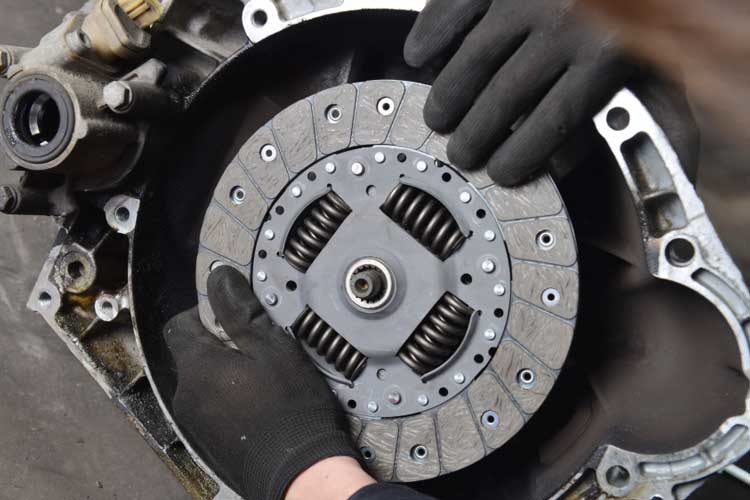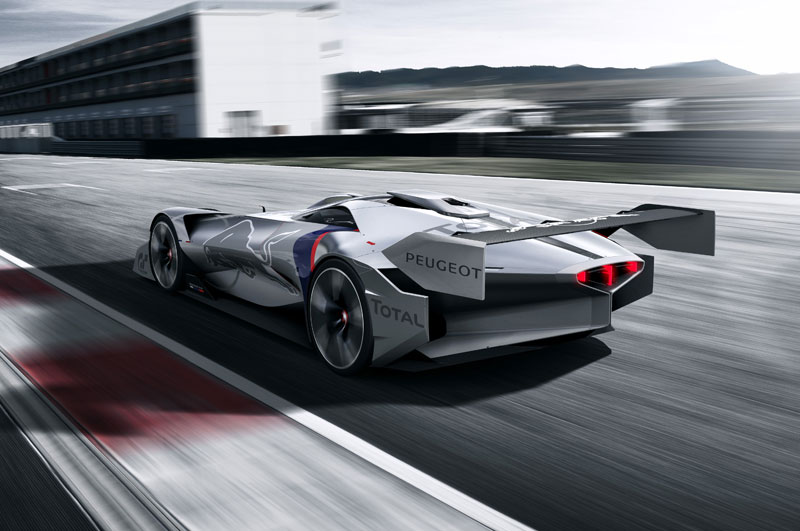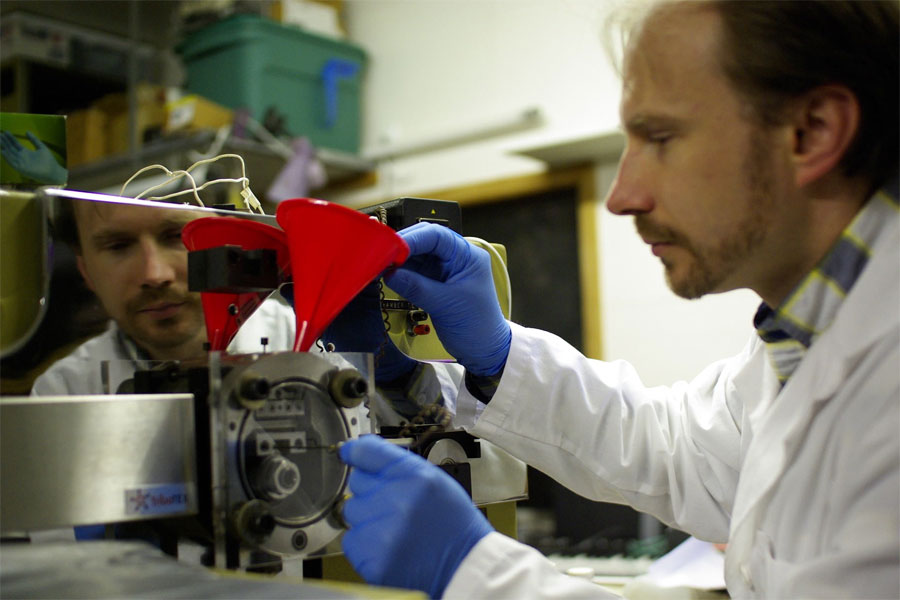While manual transmissions cars are no longer common, they still accounted for 3.5% of all new auto sales in 2018. 1.1% of all new car sales in 2019 were also for manual transmission vehicles.
In fact, around 20 percent of all new vehicle models still come with a manual transmission option.
There are, after all, some folks who prefer stick shift rides that come with car clutch pedals. That’s right — these vehicles have three pedals, unlike the automatic ones that only have two (gas and brake). Automatic transmission cars do have a clutch too, but theirs is part of a torque converter.
The big question now is, what exactly is the role of a clutch in a vehicle? How does it work and is it a major component of a car’s drivability?
We’ll answer all these questions below, so be sure to read on!
What Is the Clutch in A Car?
Have you ever wondered how the wheels of your car don’t spin all the time, even if you have the engine running? The answer lies in the clutch, which is a mechanical device that engages and disengages power.
With an automotive clutch, you can stop a car without having to also kill its engine. It also allows you to interrupt the rotational power whenever you switch or engage gears.
A clutch connects a spinning engine to a non-rotating transmission. In this way, it controls the slippage that occurs between the engine and the transmission.
Put simply, a clutch directs the rotational power produced by your engine to its gearbox. In a manual transmission vehicle, stomping on the clutch pedal activates the clutch. Whenever you do this, you’re directing your transmission to spin the wheels.
At the same time, the clutch allows you to temporarily disconnect your wheels from the engine. You need to do this so that you can reduce the wheel’s spinning motion as you change gears. Otherwise, it’ll take forever for your car to switch gears if it keeps rotating with the engine’s power.
The Anatomy of Automotive Clutches
To understand how transmission clutches work, let’s talk about their parts first.
Car clutches have two main parts: the flywheel and the clutch plate. Some clutches, such as the McLeod clutch, make use of high clamp load pressure plates. You can think of these as an “upgraded” version of clutch plates, as they allow for increased holding power.
In any case, the flywheel is the part of the clutch that connects to your ride’s engine. Whereas the clutch plate is the part that attaches to your car’s transmission system. It’s the friction between these two parts that allow car clutches to engage and disengage.
Your clutch also consists of springs, pins, and a release fork. All these parts work together to connect or disconnect your wheels from the engine.
How a Car Clutch Works
When you release your ride’s clutch pedal, this activates a set of springs. These springs push a pressure plate up against the clutch plate. The same pressure from the springs also pushes the clutch plate toward the flywheel.
Once you press the clutch pedal, it will trigger the release fork. This part of the clutch contains many springs and pins that create pressure.
By releasing this pressure, the springs and pins will ease their hold on the pressure plate. As such, the pressure plate will separate from the clutch plate.
This then severs the connection between your wheels and your rotating engine. Your wheels will still spin, but only due to the momentum they’ve already gained. However, they’re no longer engaged to the engine, so you’ll have more control over your ride’s speed.
It’s in this way that disengaging your wheels from the engine makes it easier to switch gears.
How A Clutch Works in Automatic Transmission Systems
Vehicles with an automatic transmission also have a clutch in their torque converter. You’ll find this within the bell housing that sits in the middle of the engine and transmission.
Torque converters serve as the link between the engine and transmission. One of their main functions is to direct the power from the engine to the transmission. In this way, they play a huge role in making the wheels of an automatic transmission vehicle spin.
The “clutch” in automatic transmissions keeps certain parts from spinning and moving. Automatic transmission systems already have the clutch engaged.
This is why they don’t need to have a separate clutch pedal, unlike in a stick shift car. It’s also why you can change from one gear to another without having to go through several gears.
Common Issues Affecting Automotive Clutches
Whenever you engage or disengage your clutch, you’re exposing it to a lot of friction. Over time, this will cause the disc’s friction material to thin and wear out. This friction material is similar to the ones used in disc brakes.
Once the material is too worn out, you’ll start to experience clutch slippage. Your clutch does engage and disengage, but no power goes to your wheels. Meaning, your engine runs, but your wheels don’t turn.
A sticking clutch pedal is another issue common to manual transmission cars. This means that the clutch remains on its clamped or secured position. As a result, you’ll have a hard time changing gears, if you can even switch at all.
On the other end of the spectrum is a hard clutch. If you have this issue, it means that you have to press the clutch pedal really hard. Like a sticking clutch, a hard clutch will also make it difficult to change gears.
The good news is, it’s often easier to repair a clutch than a torque converter. After all, they are a separate component in manual transmission systems.
Meaning, an auto technician can get into your clutch system faster to diagnose the issue. In automatic transmissions, a mechanic may need to disassemble the entire torque converter.
Take Good Care of Your Clutch for a Longer Lasting Transmission System
There you have it, your ultimate guide on what a car clutch is and how it works. Now that you know how important automotive clutches are, then you can better take care of your ride. One of the best ways to prevent early clutch wear is to keep your foot off of the clutch pedal unless you need to.
If you experience any clutch issues, such as a sticking or a hard clutch, it’s best to get your ride checked out ASAP. This way, your trusty mechanic can diagnose the issue right away. This can help prevent premature wear on the other parts of your transmission system too.
Ready for more pro hacks to make the most out of your ride? Then be sure to check out the rest of the posts filed under the Features section of this site!













